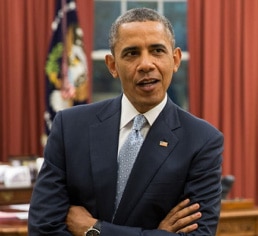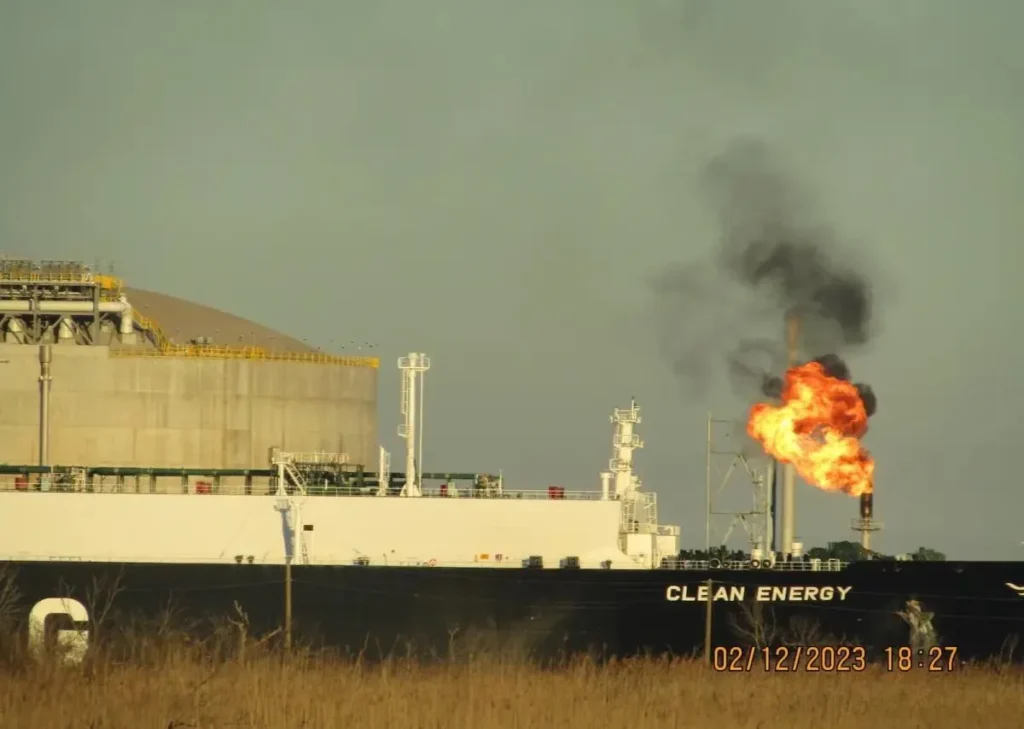President Obama’s climate action announcement yesterday relies heavily on carbon capture and storage technology eventually paying off as a commercially viable option. But carbon capture and storage (or CCS) continues to be more of a dream than reality. And a very expensive dream at that.
According to a database maintained at MIT‘s Carbon Capture and Sequestration Technologies program, there are currently six large scale CCS projects underway in the United States. Five of the six projects are still in the planning phase, with one project listed as under construction. The current projected price tag of these six projects is a whopping $16.7 billion.
That’s a lot to gamble on a risky technology that continues to struggle to prove it’s even possible to deploy on a global scale. And $16.7 billion is only the opening bet. A full scale deployment of CCS technology across the entire US would likely be in the hundreds of billions. Estimates run as high as $1.5 trillion a year to deploy and operate enough carbon capture and storage worldwide to significantly reduce carbon emissions from the fossil fuels we consume.
President Obama announced his administration would make $8 billion available in loan guarantees for the development of enhanced fossil energy projects, which includes CCS technology.
In a follow-up announcement today, the Interior department and the US Geological Survey released “the first-ever detailed national geologic carbon sequestration assessment.”
While the Interior’s asessment shows there is major potential to store carbon underground, mainly in the Gulf of Mexico region, the assessment does not look at the economics of CCS or the land management issues. Speaking at a press conference about the assessment, Secretary of the Interior Sally Jewell said, “if enough of this capacity also proves to be environmentally and economically viable, then geologic carbon sequestration could help us reduce carbon dioxide emissions that contribute to climate change.”
Price remains a huge issue for many fossil fuel companies looking at developing CCS technology. In fact, the current list of canceled projects in the MIT database is at eight in total for the US, two more than those listed as at least in the planning phase.
Many of the failed projects cite financial difficulties as the reason for cancelation. For instance, BP states that the expected cost of their now-defunct CCS project in Carson, California was, “…around $2 billion, twice the initial estimate.”
Price aside, there remain two big unadressed issues when it comes to the idea of capturing and storing CO2 underground:
1. The Pipes
Right now, the most promising form of CCS involves burying carbon way down deep in the earth in natural saline aquifers. There remain many complications with saline aquifer injection, and I will leave many of those for another day. The biggest and most practical challenge of burying carbon in deep saline aquifers is that these aquifers do not span the entire US continent. Where much of the carbon will be extracted at coal plants, there is not a nearby saline aquifer to pump that captured carbon into. The carbon will have to be transported, which is no small task.
A 2008 article on CCS by author Jeff Goodell describes the challenge of transporting carbon best:
“Vaclav Smil, an energy expert at the University of Manitoba, Canada, argued recently in Nature that ‘carbon sequestration is irresponsibly portrayed as an imminently useful option for solving the challenge [of global warming].’ Smil pointed out that to sequester just 25% of the CO2 emitted by stationary sources (mostly coal plants), we would have to create a system whose annual volume of fluid would be slightly more than twice that of the world’s crude-oil industry.”
In Smil’s own words, to sequester just a fifth of current CO2 emissions:
“… we would have to create an entirely new worldwide absorption-gathering-compression-transportation- storage industry whose annual throughput would have to be about 70 percent larger than the annual volume now handled by the global crude oil industry whose immense infrastructure of wells, pipelines, compressor stations and storages took generations to build.”
That is an almost unimaginable amount of pipeline that would need to be constructed and the cost would be massive if it could even be done. To put this in perspective, consider that the proposed Keystone XL pipeline alone is estimated to cost about $6 billion to construct.
2. Who is Responsible for all that Buried Carbon?
If carbon capture and storage is to work, the carbon needs to remain buried forever. Not one hundred years or five hundred years. Forever.
Will BP still be around in 100 years to deal with the carbon they buried? Even if the company is still around, are you going to trust that BP can keep carbon buried forever? Remember their big “junk shot” plan to stop the Gulf of Mexico oil spill disaster by shooting golf balls and shredded tires into the ruptured pipe? Enough said.
The solution to date, favored by fossil fuel companies not surprisingly, is that the US government would be responsible for the long term storage of the underground carbon. In a way, this makes the best sense, given that governments are typically longer lasting than corporations.
However, this transfers the liability and maintenance of carbon storage onto the backs of taxpayers, an inviting load for fossil fuel companies to shrug off their shoulders onto ours.
Beyond the long term climate effects of this buried carbon being re-released back into our atmosphere at some point in the future, the short term impacts of such an event could prove deadly.
In 1986, a large natural pocket of carbon was suddenly released during volcanic activity at Lake Nyos in the Democratic Republic of Congo. The concentration of carbon was enough to asphyxiate 1,700 people and 3,500 livestock in nearby towns.
A 2012 study published in the Proceedings of the National Academy of Science concludes that even a small earthquake event in the US has the potential to release stored carbon back into the atmosphere, making “large-scale CCS a risky, and likely unsuccessful, strategy for significantly reducing greenhouse gas emissions.”
Some state governments have begun to look at the issue of the long-term liability of stored carbon, but to date the US government has not developed legislation to deal with this very large, and potentially deadly, question mark hovering over CCS technology.
Carbon capture and storage is in many ways President Obama’s moonshot, but with one big difference. If America had not been the first to land on the moon, it would have been disappointing. But if the president’s carbon capture and storage plans fail, the impacts could be devastating to the only planet we have.
Image credit: WhiteHouse.gov
Subscribe to our newsletter
Stay up to date with DeSmog news and alerts







